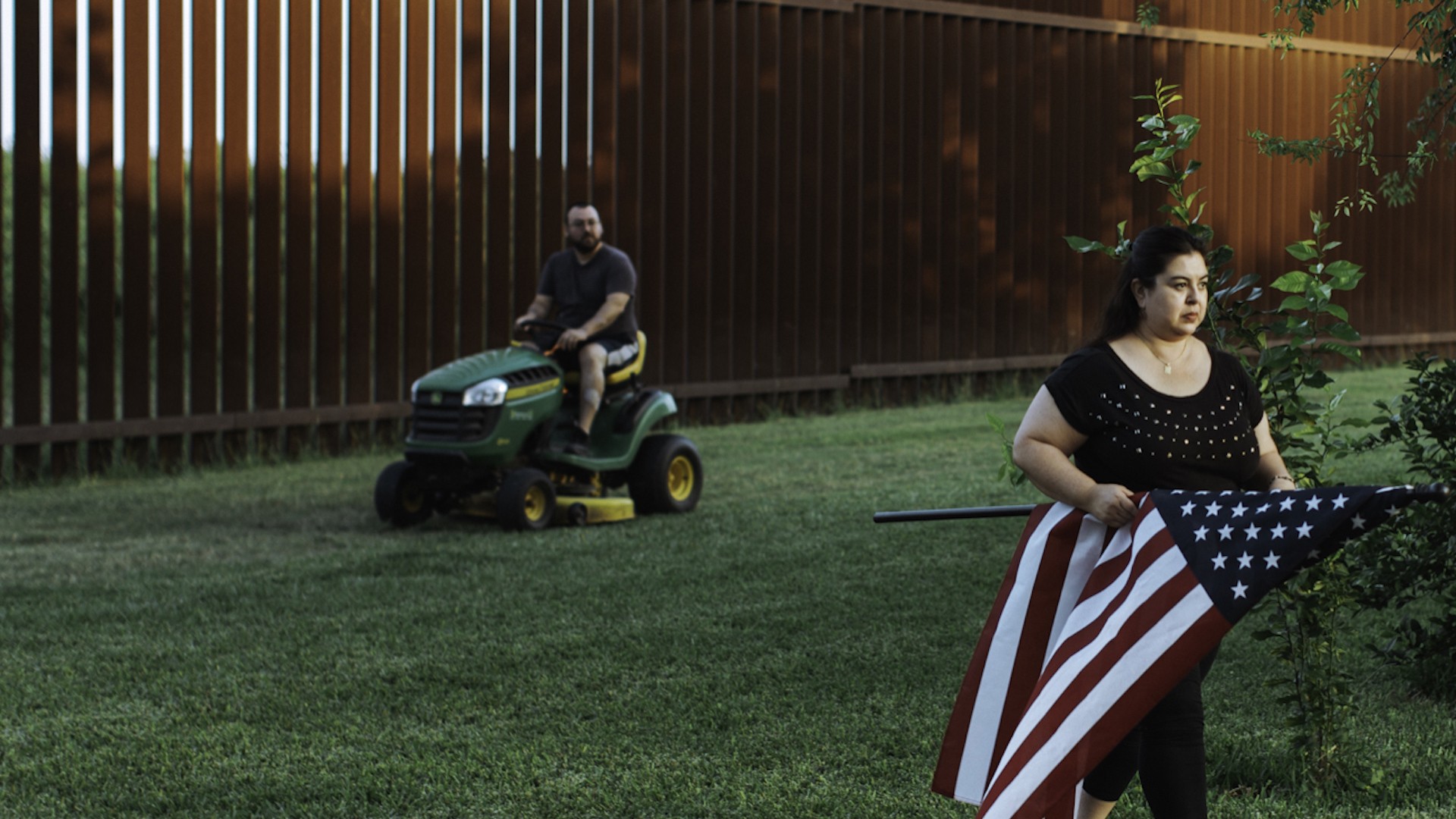
Jaymin Martinez
15, Brownsville
A homemade billboard rests on the edge of a cornfield on the outskirts of Brownsville.
Alfonso "Poncho" Nevárez
44, Eagle Pass
A corridor made of concrete and steel, where Border Patrol watches 24 hours a day, separates Brownsville's Milpa Verde neighborhood on the right from the fragment of subtropical riparian woodland on the left.
Danny Armendariz
34, Hidalgo City
The border fence stands behind Garden Park Elementary in Brownsville, where, according to gym teacher Arnurfo Castille, 20 to 30 of the school's students legally come across the bridge from Mexico every day. After a 1982 Supreme Court ruling, undocumented children in the US also have the same right to attend public schools in Texas as US citizens.
Bill Addington
60, Sierra Blanca
Big Bend National Park, where the 1,800-foot vertical barrier of Mariscal Canyon separates Mexico from Texas, is said to be one of the first places President Trump will begin building a 30-foot border wall. Ninety-five percent of the land bordering the Rio Grande in Texas is privately owned. With land available to him from Big Bend National Park, Big Bend State Park, and Black Gap Wildlife Management Areas, Trump may make good on his campaign promise by beginning construction on a border wall on these protected lands first.